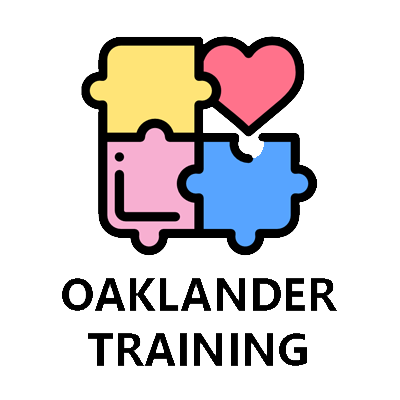Some Just for Now participants might have been in attendance when, among those gathered to meet Violet, was Florence Mueni, who calls herself “Mueni,” from Kenya. We have a great video clip of her holding up her well-used copy of Windows and saying it was the first book she used when starting her career working with children, and thanking Violet for being present and for having provided this valuable resource.
Florence then became connected to VSOF. She participated in the Oaklander online training; attended many JFNs; presented her now-famous, fun “hippo breathing” technique; and presented at the conference. Along the way, we also met wonderful Kenyan professionals, including Hamida Ahmed, who presented her experience working in schools during the pandemic at a JFN along with school-based professionals from the US, Italy and Sri Lanka. Each presenter’s conclusion informed us about their students’ experiences—and that we have more in common than we have differences.
As Chairperson of the Association of Play Therapy Kenya, Mueni invited me, as an Oaklander Model trainer, to present in person to 41 play therapists, psychologists, school counselors and teachers in Nairobi. I happily accepted this fortunate opportunity.
The VSOF Board of Directors voted to purchase all 40 copies of Violet’s Windows to Our Children. Then, Molly Rawle, MSW, publisher at Gestalt Journal Press, generously agreed to provide them to us at cost. After receiving this incredible news, all I had to do was fit the books into our luggage so I could deliver the precious gifts.
I feel especially lucky to have had the chance to go on safari to admire the many animals at the Masai Mara and the Serengeti, and particularly to have hit the perfect time to witness the wildebeest crossing—an awesome event that is justifiably one of the 7 wonders of the world.
I then met the wonderful group in Nairobi for a 5-day Oaklander Training. First, we covered the reasons Violet found that children come to therapy: to build a better sense of self and to connect to their contact functions. During the training we explored many of the media she used to help them do so: drawings, clay, sand tray, puppets, collage. I had brought a picture of a violet-framed window, and towards the close of our time, all the participants together made a collage of the many views each of us saw through the windows after the training experience.
I enjoyed every minute and am so grateful for the experience.














